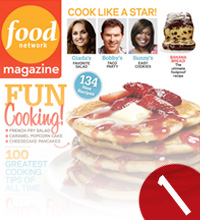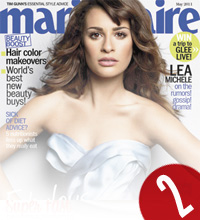Jeff Jarvis:
Try this on as a new rule for newspapers: Cover what you do best. Link to the rest.
That’s not how newspapers work now. They try to cover everything because they used to have to be all things to all people in their markets. So they had their own reporters replicate the work of other reporters elsewhere so they could say that they did it under their own bylines as a matter of pride and propriety. It’s the way things were done. They also took wire-service copy and reedited it so they could give their audiences the world. But in the age of the link, this is clearly inefficient and unnecessary. You can link to the stories that someone else did and to the rest of the world. And if you do that, it allows you to reallocate your dwindling resources to what matters, which in most cases should be local coverage.
This changes the dynamic of editorial decisions. Instead of saying, “we should have that” (and replicating what is already out there) you say, “what do we do best?” That is, “what is our unique value?” It means that when you sit down to see a story that others have worked on, you should ask, “can we do it better?” If not, then link. And devote your time to what you can do better.
Try this on as a new rule for newspapers: Cover what you do best. Link to the rest.
That’s not how newspapers work now. They try to cover everything because they used to have to be all things to all people in their markets. So they had their own reporters replicate the work of other reporters elsewhere so they could say that they did it under their own bylines as a matter of pride and propriety. It’s the way things were done. They also took wire-service copy and reedited it so they could give their audiences the world. But in the age of the link, this is clearly inefficient and unnecessary. You can link to the stories that someone else did and to the rest of the world. And if you do that, it allows you to reallocate your dwindling resources to what matters, which in most cases should be local coverage.
This changes the dynamic of editorial decisions. Instead of saying, “we should have that” (and replicating what is already out there) you say, “what do we do best?” That is, “what is our unique value?” It means that when you sit down to see a story that others have worked on, you should ask, “can we do it better?” If not, then link. And devote your time to what you can do better.
http://www.buzzmachine.com/2007/02/22/new-rule-cover-what-you-do-best-link-to-the-rest/



 platforms—has turned into a winning recipe. While Condé
platforms—has turned into a winning recipe. While Condé  The inner workings of the fashion industry remain a source of intrigue, and few have exploited that more aggressively than
The inner workings of the fashion industry remain a source of intrigue, and few have exploited that more aggressively than 
 Since October 2009, we have immersed ourselves in the
Since October 2009, we have immersed ourselves in the 






